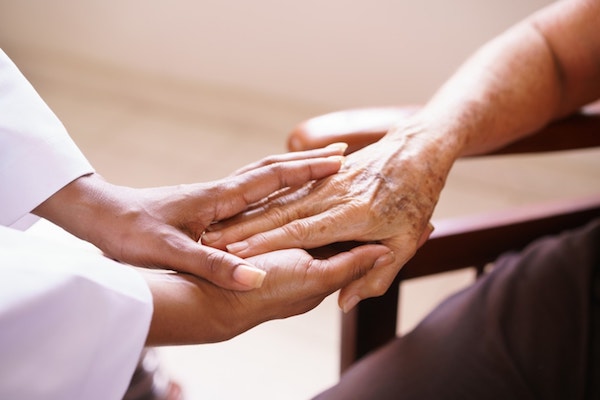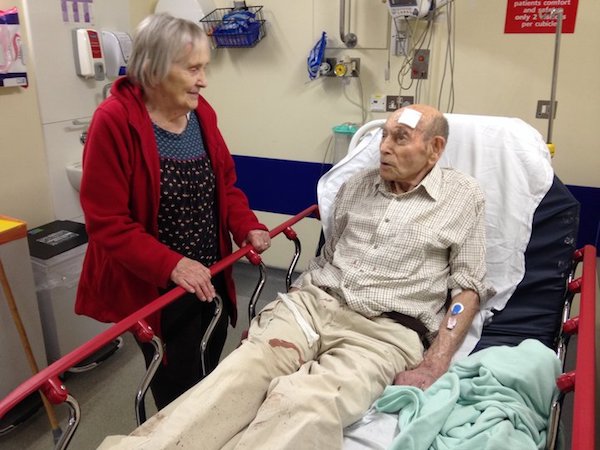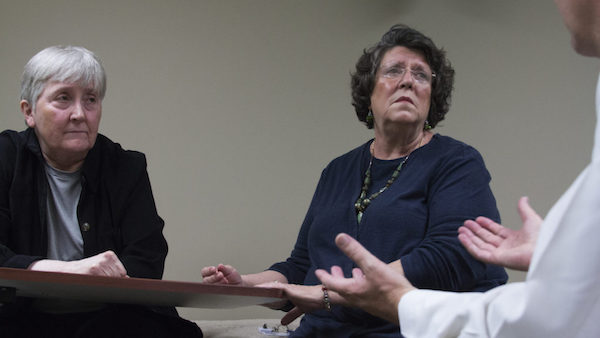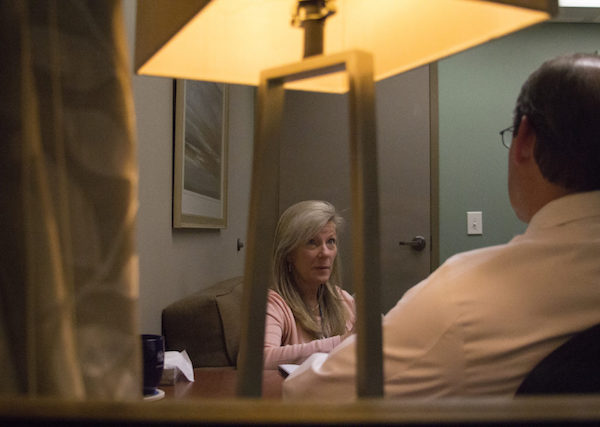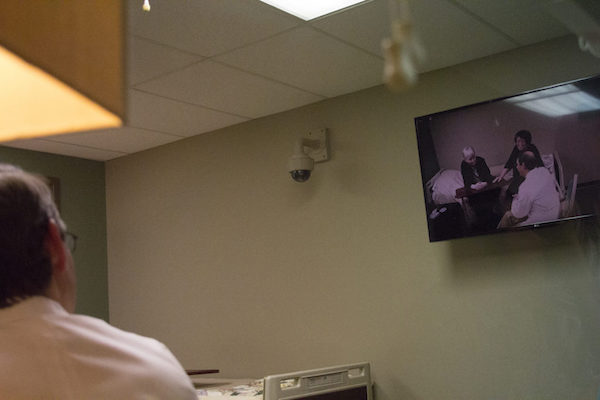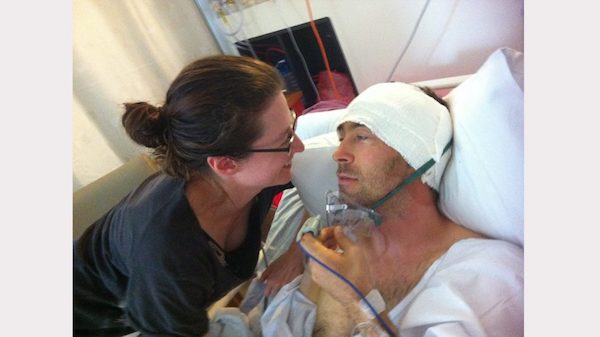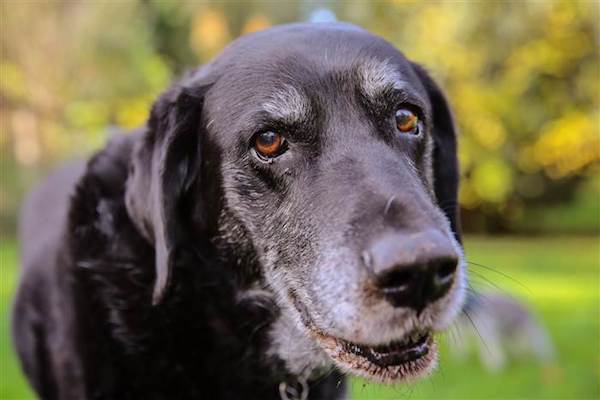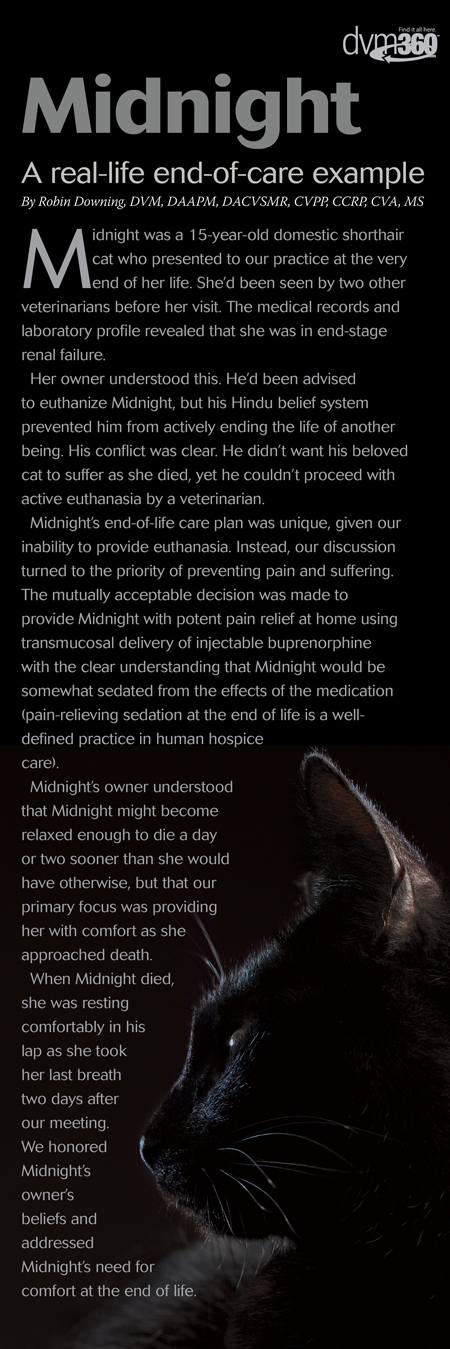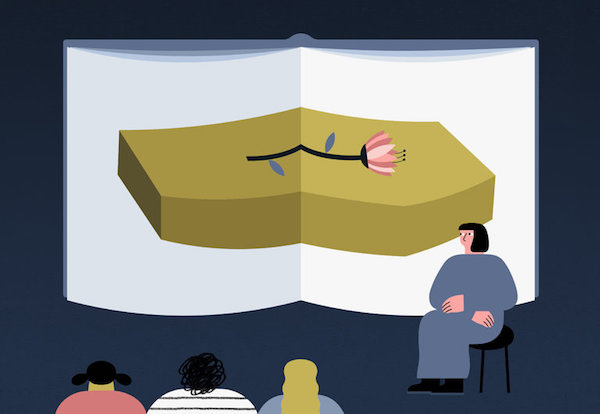By Kevin Dieter
“The hurrier you go, the behinder you get.”
Puzzlingly, the older and more “seasoned” I become, the more this bit of Amish wisdom is true. Especially when it comes to reading. I don’t have time to read. So, I was surprised when I found myself reading a recent publication from the National Quality Forum. However, as serendipity would have it, I am so glad I did. This publication, “Strategies for Change: A Collaborative Journey to Transform Advanced Illness Care“ had me hooked with the introduction. They had the beautiful audacity to suggest that physicians can and do have the ability to engage in conversation about the taboo (their term) subjects of death and mortality. As I read further, I was rewarded with a section devoted to “peaceful death and dying.”
There has been debate about whether we truly live in a death denying culture. I believe that we do. Strongly so. Ernest Becker, in his Pulitzer prize winning book The Denial of Death, makes a compelling case that western societies are THE most death-denying in all of history. I see the results of this everyday. Our mortality, the inevitable finality of this life, is routinely disregarded as an essential contribution to the plan of care. The result is a series of squandered opportunities for healing and even transformation at the end of life. Very sick patients are referred to hospice without a prior discussion of goals of care and resuscitation status. Very sick patients travel from hospital to hospice house, often dying on route. But even more common is a never-ending procession of the dying patients and their loved ones who come to the end of life totally unprepared.
 The poet W.H. Auden described death as “the rumble of distant thunder at a picnic.” It’s a brilliant metaphor. In my mind, in that scenario, we have 3 choices. The first choice is to totally ignore the thunder and hope that the storm blows north, but when the storm does hit, we will be totally unprepared and will be in some danger. The second choice is to recognize that the storm is coming, and to feel dread that it will totally ruin the remainder of the picnic, and yet do nothing to prepare for it. The third option is to recognize the threat that the thunder represents, to reorganize priorities and enjoy the good weather while you can, and then be packed and ready to seek shelter when the storm hits. I believe these metaphorical choices are similar to our society’s attitude toward death. Most of us choose the first 2 options in regards to our own mortality.
The poet W.H. Auden described death as “the rumble of distant thunder at a picnic.” It’s a brilliant metaphor. In my mind, in that scenario, we have 3 choices. The first choice is to totally ignore the thunder and hope that the storm blows north, but when the storm does hit, we will be totally unprepared and will be in some danger. The second choice is to recognize that the storm is coming, and to feel dread that it will totally ruin the remainder of the picnic, and yet do nothing to prepare for it. The third option is to recognize the threat that the thunder represents, to reorganize priorities and enjoy the good weather while you can, and then be packed and ready to seek shelter when the storm hits. I believe these metaphorical choices are similar to our society’s attitude toward death. Most of us choose the first 2 options in regards to our own mortality.
The medicalization of death and dying, increasingly prevalent following World War II, has placed physicians in a difficult situation. Advancements in medical technology, the rise of consumerism, and the strengthening voice of patient autonomy have encouraged society to give us the responsibility of managing death, but for the most part we are poorly trained and generally not inclined to do so. We have, however, made significant progress in helping patients and their families negotiate the myriad of decisions and break points they encounter as their health fails and they traverse the healthcare system. This progress, through many variations of advance directives, follows the thread of “quality of life.” I picture the patient as Indiana Jones, running through the jungle, dodging spears and traps, tumbling and rolling, and finally seeing the clearing in the trees. With the screen focused squarely on their face, I see the expression go from anticipation and relief to dread as they look down into the 10,000 foot abyss. Advanced Directives and Goals of Care discussions may get them through the jungle, but when it comes time to die, they are horribly unprepared. Very little time, they realize, was spent considering the quality of their death. It is time to die, and they haven’t imagined themselves on this death bed.
Dying patients and their loved ones today enter a space totally unfamiliar. One hundred years ago, most Americans grew up in household where death occurred and dying was more accepted as a part of daily life. Today, many of us live on the surface of life, existing from Tweet to Tweet. Richard Groves calls this “the demon of busyness.” Our attention span has been measured in seconds. Dying, and being with the dying, often requires sitting with uncertainty for long periods of time. We are very uncomfortable being there. It often does not sound, look or smell nice. Dying is the ultimate time of transition for those involved in the loving and caring for the dying. Without experience, and with difficulty accepting uncertainty, many patients and families come to the dying time unaware of what to expect, and worse, how to prepare.
We need to work much harder at preparing our patients for end-of-life. This is not our responsibility alone, however. There seems to be a grassroots movement developing that encourages open discussion about death and dying. Social media is exploding with new and increasingly innovative ways to initiate and encourage this dialogue. The demon of busyness is being met head on by card games, like “GoWish”, and interactive art such as the “Before I Die “ walls. These social instruments allow our society to begin the uneasy discussion about what has been taboo. In medieval times, the practice of “ memento mori,” a constant gentle reminder of their own mortality, served the purpose of improving the quality of their life, But it also improved the quality of their death. They heard the thunder, they prepared for it, and they enjoyed the picnic.
We can, and should, be part of the discussion. We should initiate it and foster it. Consider hosting a Death Cafe or buy and distribute GoWish card games. Volunteer at a local hospice doing bedside vigils, and write about what you learn. We can become more comfortable in talking about quality of death. We can improve the quality of our patients lives by helping them consider the quality of their dying. It will require that we prepare ourselves by facing our own mortality. We can and should be living and breathing versions of memento mori. We should not run and hide. Our death denying culture needs leaders to help our very sick and dying face the abyss. If not us, then who…?
Complete Article HERE!



